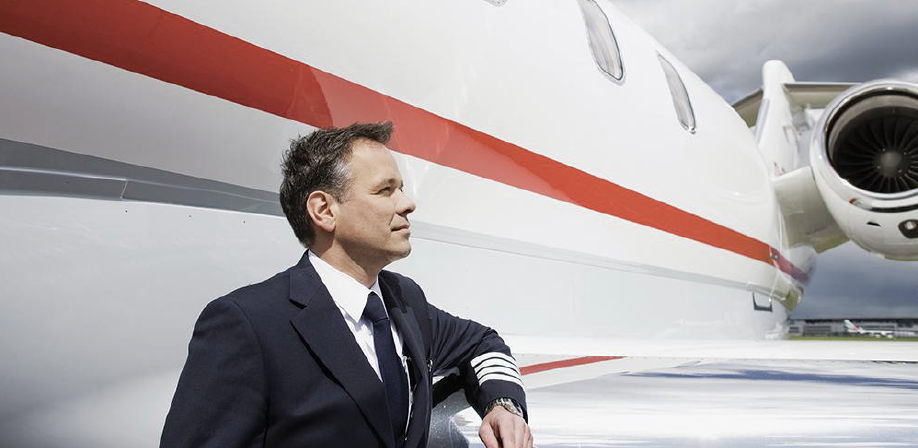
William Garvey’s article about the airline hiring binge and subsequent business aviation pilot shortage was first published on August 25, 2023. See it on AviationWeek.com (subscription required).
Airline Hiring Binge
Factors ranging from a wave of retirements, the decline in former military aviators, generational disinterest in aviation careers and resurging air travel have airlines confronting a worldwide pilot shortage.
An ongoing challenge for the aviation industry, Boeing forecasts a need for 649,000 new commercial pilots globally in the next two decades. Another look ahead released this summer by CAE, the aviation trainer, lowers the figure to 252,000 new airline pilots needed through 2032— which is still a lot—plus an additional 32,000 new business aviators.
- A “horrific” problem
- Lure of better pay and life balance
- “Farm clubs to pillage”
To close this shortfall, carriers are using every tool—fat salary increases and hiring bonuses, 401(k) contributions, profit sharing, accelerated advancement, teaming with schools, funding scholarships and much more. This pull-out-all-the-stops strategy seems to be working in retaining pilots and attracting new talent. But in addressing their own workforce challenges, the trunk lines have created problems for others, including regionals, trainers and, notably, business flight departments.
How big a problem? “Horrific” is the assessment of Sheryl Barden, president and CEO of Aviation Personnel International, a leading business aviation recruiter. The unprecedented largesse of the carriers puts “incredible pressure on the corporate operators” to keep their crews from jumping ship, she says.
And since most flight departments have just one or two aircraft, the sudden departure of a single pilot can hobble a companyʼs travel demands. Moreover, the airlines are pulling in so many experienced pilots from business aviation and elsewhere that interested replacements are the exception.
James Albright, a longtime flight department head and regular contributor to sister publication Business & Commercial Aviation, recently wrote that historically, business aviation could draw the best and brightest with better compensation, aircraft, career progression and job security than airlines provided, but that is no longer the case. Rather, the situation has reversed, with the carriers treating business flight departments as “farm clubs to pillage from at will,” he noted.
Moreover, business aviationʼs long-prized ability to go anywhere at any time can wreak havoc on a pilotʼs private life. Their airline counterparts know their work schedules well in advance, which is a major contributor to life quality and balance. Yes, they can go to their kidsʼ school plays and take the family skiing when promised.
Because of those factors and more, “we see pilots leaving for the airlines in their 50s,” Barden says, adding: “I donʼt see that changing any time soon.”
There are moves to counter the pillage, of course. These include: Top the airlines in compensation and benefits, increase staffing to guarantee scheduled time off and create a workforce cooperative to help ensure continued employment should a flight department close. Beyond that, emphasize the range of responsibilities and variety of destinations and experiences enjoyed by business pilots versus what has been characterized as “the monotony of airline flying.”
Business aviation also needs to promote itself to the next generations, since it seems unknown to pretty much anyone born in this century. By contrast, the airlines have so targeted students interested in aviation careers that Alan Stolzer, dean of the College of Aviation at Embry-
Riddle Aeronautical University (ERAU) in Daytona Beach, Florida, says almost all his students are focused on scheduled carriers. He estimates fewer than one in 10 know much at all about business aviation. And APIʼs Barden says those few are stymied about how to pursue any of its opportunities.
Aviation-oriented schools are addressing that disconnect, inviting speakers from the business aviation community, attending regional gatherings and more. ERAU had suspended its corporate aviation study track long ago for lack of student interest but is now reinstating it as part of a wider effort to familiarize its student body with the segment.
As for Bardenʼs concern about the lack of clear pathways in, ERAU is working with flight departments to create internships and mentors, arrange visits with students on campus, sponsor training scholarships and reconsider flight-hour minimums for new hires. And next spring it plans to begin a “Preferred Hiring Gateway.” NetJets will handle the student application, interview and selection process and potentially offer graduates flying positions with the fractional operator.
Once a business pilot himself, Stolzer notes: “There are some great positions within business aviation, and we want to help our students make an informed choice.”
And Barden reports that creating successful pathways will be discussed at the National Business Aviation Associationʼs annual convention in October.
